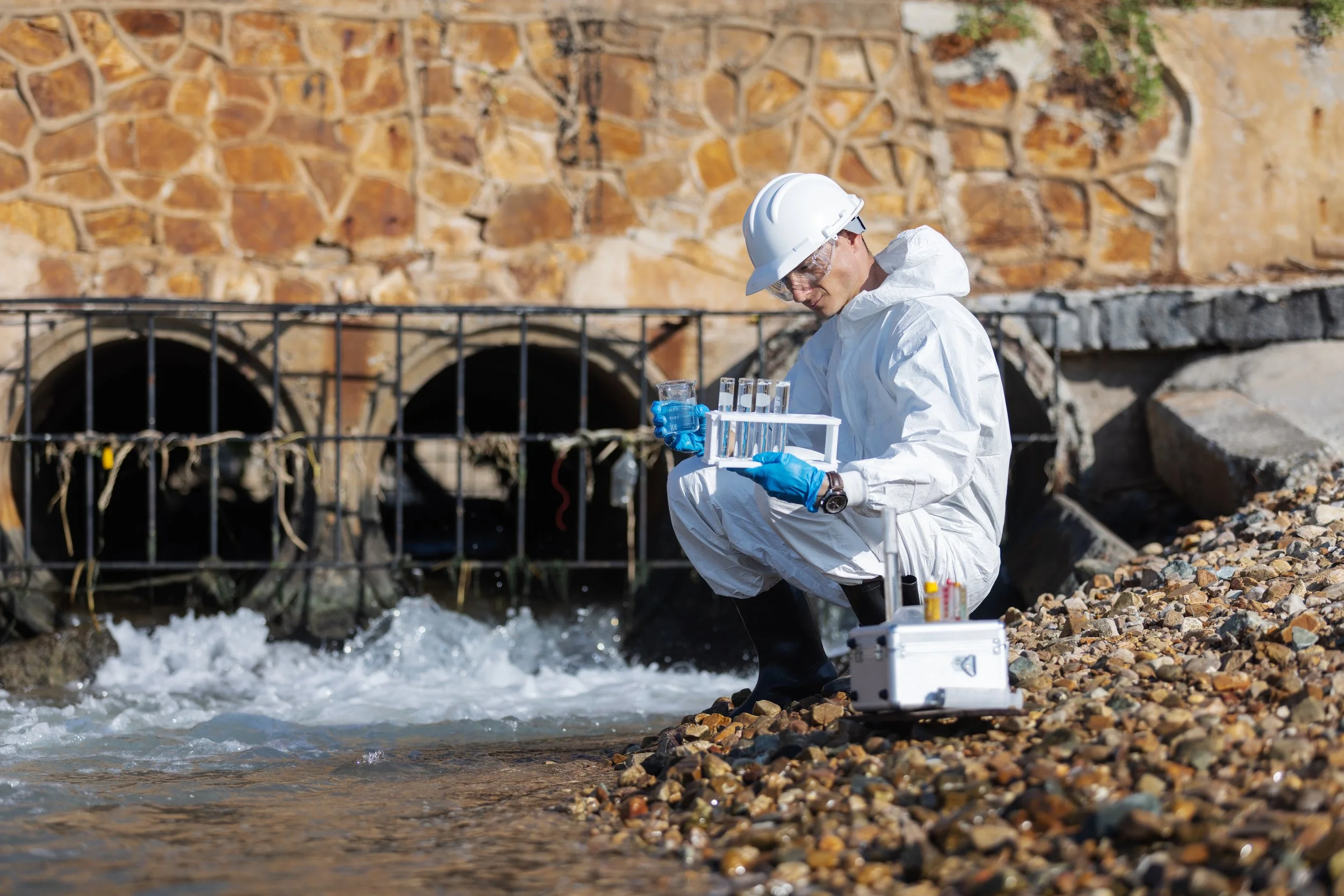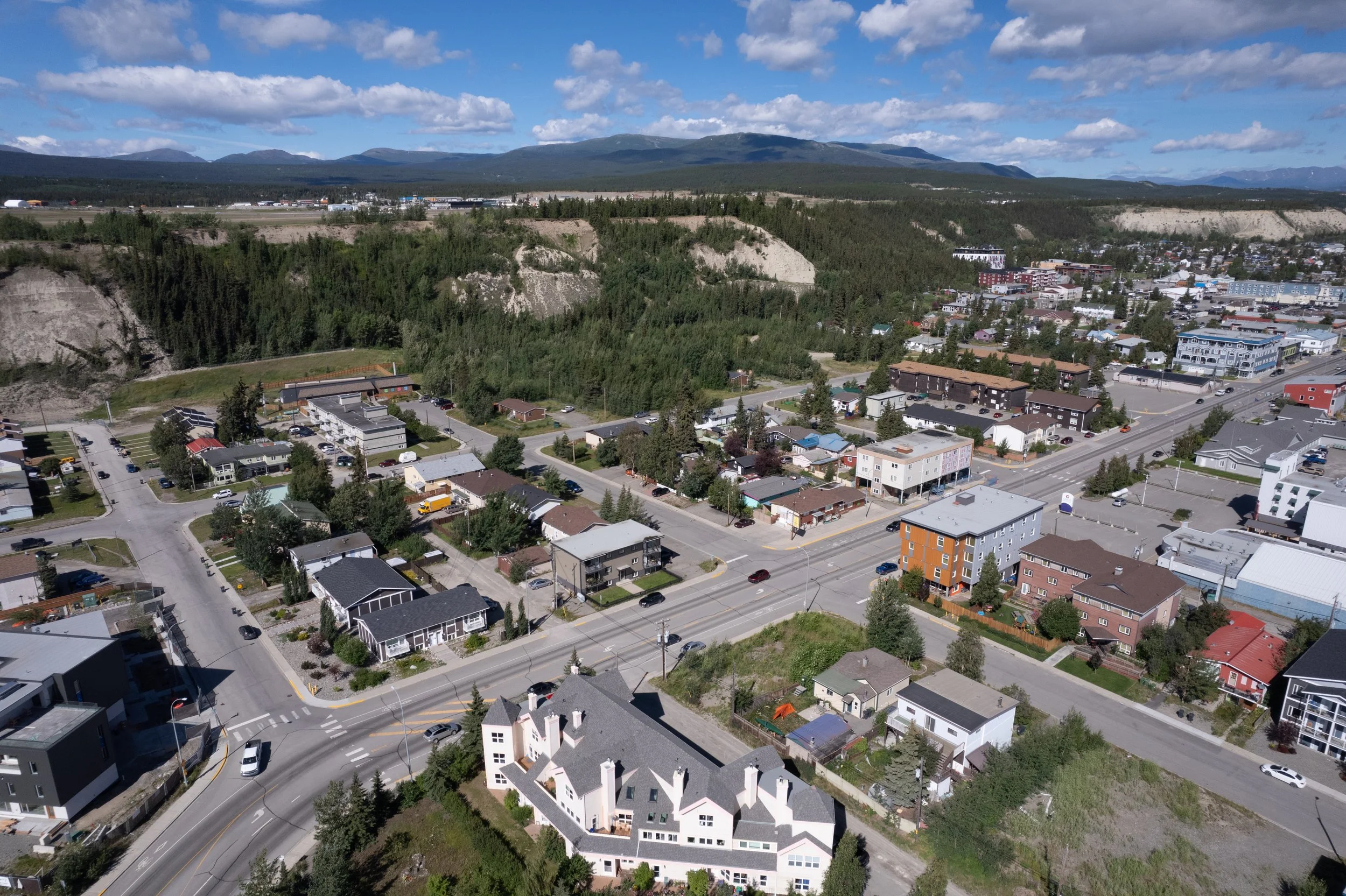Photo Credit: Andrew Gregg
Health of People
What is wastewater monitoring?
Wastewater monitoring is a public health tool that collects and analyzes sewage to detect viruses, chemicals, and other health indicators in a community. By testing water from homes, schools, and hospitals, we can spot early signs of diseases like COVID-19 and Monkeypox (Mpox), often before people even feel sick or get tested. It’s anonymous, cost-effective, culturally safe, and helps public health teams respond faster and smarter.
As wastewater science evolves, so do the possibilities. One Yukon is committed to expanding our monitoring capacity in ways that support health, well-being, and sovereignty across Yukon First Nations and neighbouring communities.
What are we doing about it/what is being done in the region: OYC’s Can-Wip
Can-WIP is an interdisciplinary platform rooted in the Yukon with ambitions to provide data-driven insights nationally. This platform connects researchers and northern, remote and isolated (NRI) communities and involves a range of activities that complement our core expertise in wastewater-based monitoring (WBM).
Program Pillars/Aims
-
Continue adaptation and growth with WBM technologies to ensure high quality data can be provided on any target of interest.
Playbook of best practices and data governance method accreditation.
-
Engage mindfully with academic and industry partners expanding research targets and sustainability.
Prioritization of community-base capacity building with WBM programs.
-
Development of user-friendly WBM dashboards and reports.
Community facing outreach ensuring timely distribution of gathered knowledge.
What We’re Doing/Our Specified Targets
WBM is used around the world as a cost-effective tool to detect, understand, and act in response to emerging patterns.
Data collection in Whitehorse*, Yukon is beginning in April 2025 and will allow for the public to view current virus levels and drug warnings on an interactive dashboard.
*Fun fact! As the largest city in Canada’s North, Whitehorse is a vital hub for public health insights across both subarctic and arctic regions, making it a key site for understanding and responding to northern health trends.
Respiratory
Genetic material-based detection methods help measure the amount of genetic material from specific pathogens or groups of pathogens in a sample. One common example is real-time quantitative polymerase chain reaction (RT-qPCR), which we often use to detect respiratory viruses like the flu, RSV, and COVID-19.
Substances of Potential Abuse (SoPAs)
The application of WBM of SoPAs* are vast and can include the identification of drug use profiles, analysis of temporal and spatial trends, and act as an early warning system of contaminated and emerging drug supplies.
The information gathered may also aid to fill the gaps in data availability on SoPA use in Yukon First Nations communities to combat the current public health crisis and opioid epidemic. Most importantly, data only reflects total use within a community, and with data use safeguards in place, individuals are not targeted, and privacy is respected.
The chart below shows the analytics that this program can detect
*Substances of Potential Abuse (SOPAs) include a broad range of substances such as opioids, stimulants, benzodiazepines, and synthetic drugs (e.g., fentanyl, methamphetamine, Xanax, and others). When these substances are misused, they can affect both individual and community well-being. Understanding their presence helps foster community-led approaches and informed responses that prioritize care, safety, and support.
To Know
What’s Being Done in Canada
Explore the latest data and initiatives across Canada through the WW Dashboard.
What’s Happening Internationally
See how efforts around the world compare and connect via SCORE.






